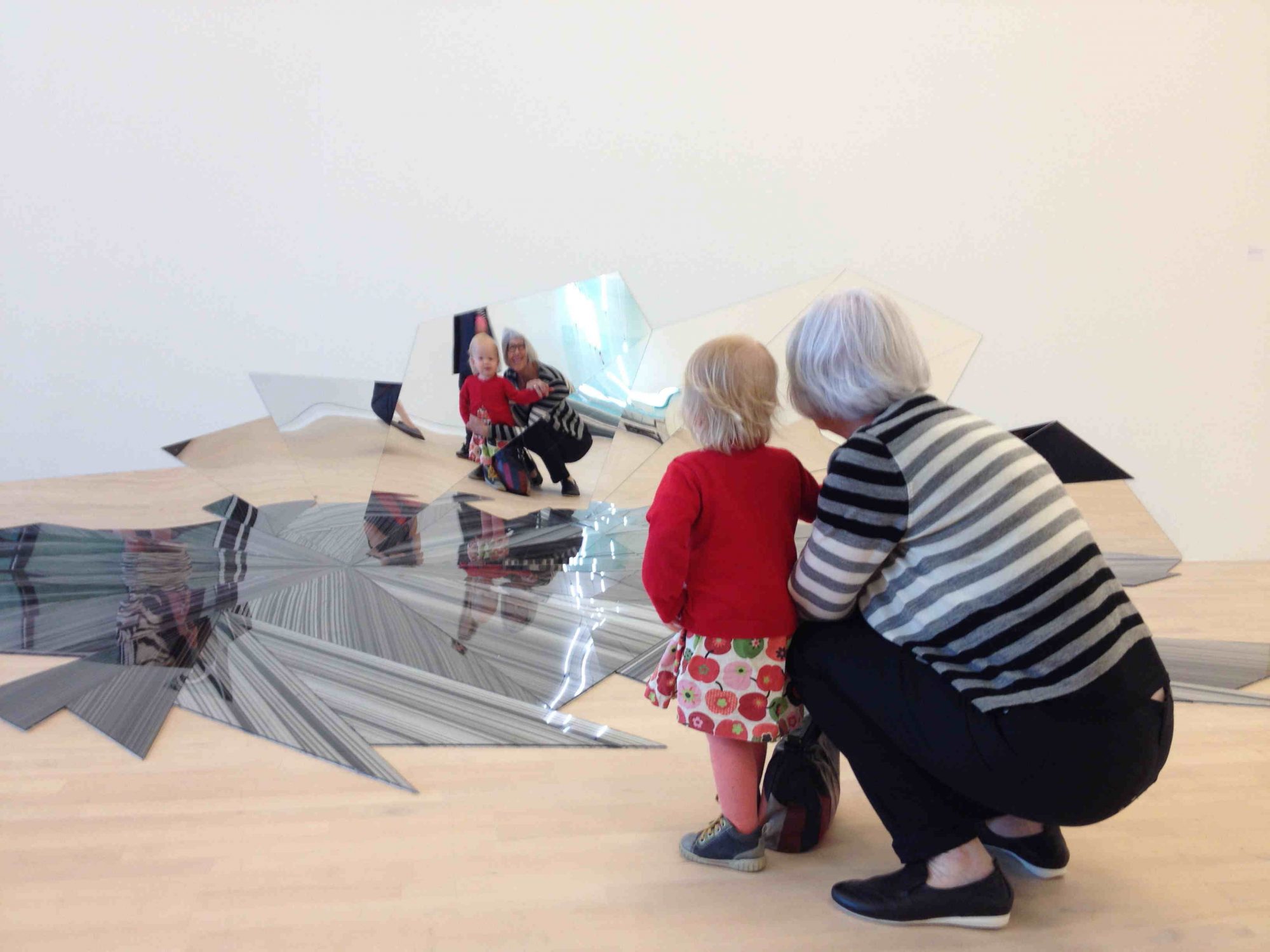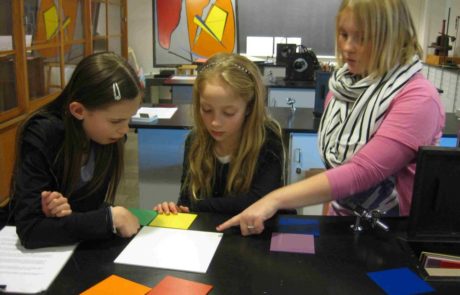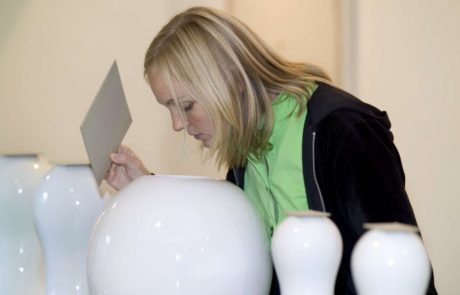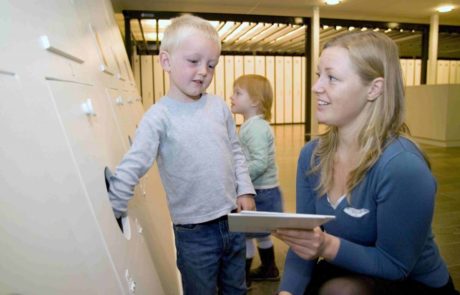
Focusing on the guest
At Esbjerg Art Museum we focus on the quality of the experiences of each individual museum goer. For us it is important that every single guest, age group and background knowledge notwithstanding, gets valuable and long-lasting aesthetic experiences. This aim is at the heart of museum life and it is reflected in everything we do:
– our exhibitions
– our experimentative educational initiatives
– our programme for research into audience reactions
We strive to meet the individual where s/he is.
Aesthetic laboratory
Introducing a new creation in the museum world, Esbjerg Art Museum has launched the concept of aesthetic laboratory, a chamber of wonder that belongs between the natural sciences and pictorial art. In here experiments are carried out, investigating in a pleasurable and personal way what it means to see. The aesthetic laboratory is about learning to believe your own eyes. The laboratory was introduced in connection with the renovation of the museum in 1997.
Laboratory activities are inspired by e.g. the Bauhaus School and perception psychology, but the activities are also based on the results of a comprehensive educational experiment, a pilot project involving a primary school 3rd grade in the school year of 1995-96. One morning every week the class’ subjects were Pictorial Art, Natural Sciences/Technology, and Music, all taught in the museum as topics for mutual inspiration. One aim of the experiment was to strengthen the aesthetic experiences of the pupils by letting as much as possible influence the pupils’ encounter with pictorial art.
The aesthetic laboratory is open to the public, and the audience is asked to take part in various experiments, following the instruction leaflets issued by the museum. It is possible for groups to book special topic sessions that include the supervision of a professional museum employee.
The encounter with art is a profoundly personal matter which requires involvement. This is something which is unavoidable in the museum’s scent installation, The Garden of Wittgenstein, by Skeel and Skriver. Here nothing happens if you are not willing to let the scents produce personal pictures.



